Heat is Kamasutra A Tale of Love full movie xxx (1996)an inevitable byproduct of work. It's generated when you start a car's engine, go for a brisk walk or anything else that generates friction. Heat is also prevalent in electronics where it can be more difficult to manage and can be detrimental to their continued operation. When it comes to graphics cards there are many ways to manage heat, from passive cooling, to fans and even water. But when these solutions aren't working, your GPU has one more way to beat the heat: thermal throttling.
When your GPU takes on a heavy workload, such as gaming, it generates a load of heat. When your cooling solution can no longer dissipate heat fast enough to keep temperatures within a safe range, your graphics card starts to dump performance to shed heat. The core and memory frequencies begin to drop---along with your framerates---until temperatures drop to a safe operating range. All modern GPUs have this feature in place to protect the electronic components from damage. Unmanaged, thermal throttling can have a big impact on performance. And, while thermal throttling itself doesn't cause any damage, the underlying cause of throttling, heat, can cause damage and shorten the lifespan of your video card.
In order to maintain performance, you need to control heat, but not all graphics cards experience throttling to the same degree, or even at all. There are a variety of scenarios that determine the impact thermal throttling has on your system. Case selection, cooling solution, and airflow are the three main factors to take into consideration.
A small case with no open space traps heat and inhibits airflow, which makes it harder to keep your GPU cool. Choosing a larger, well laid out case can provide more fan mounts and options to optimize airflow. Being able to mount additional fans in your case is especially beneficial if your GPU manufacturer has used a custom cooling solution that dissipates heat into your case instead of directly removing it, like with reference designs.
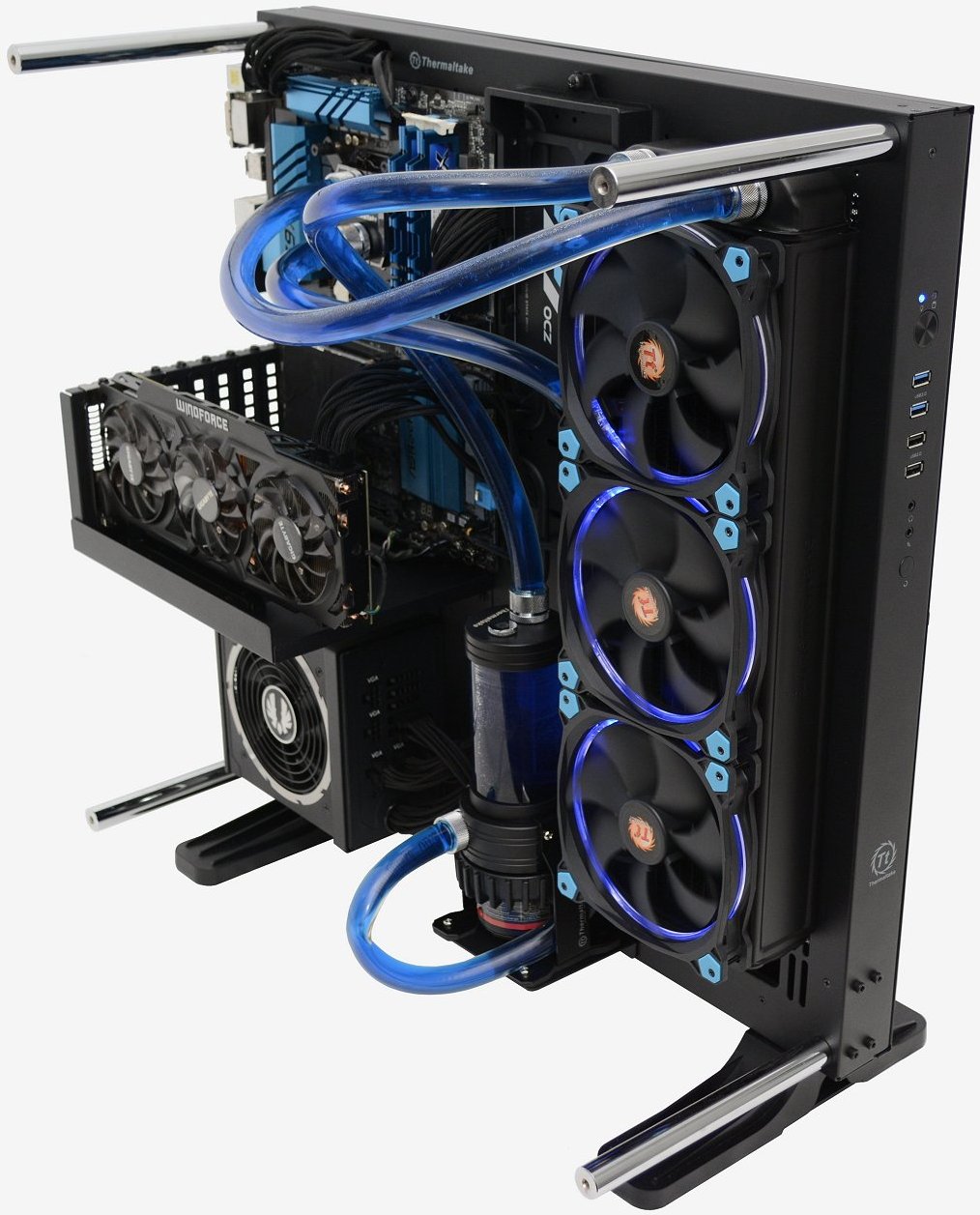
Adding additional fans to the top of your case ensures that heat generated by your GPU is removed from the case efficiently. It also lowers air temperature inside of your case keeping other components, such as your CPU and memory, much cooler.
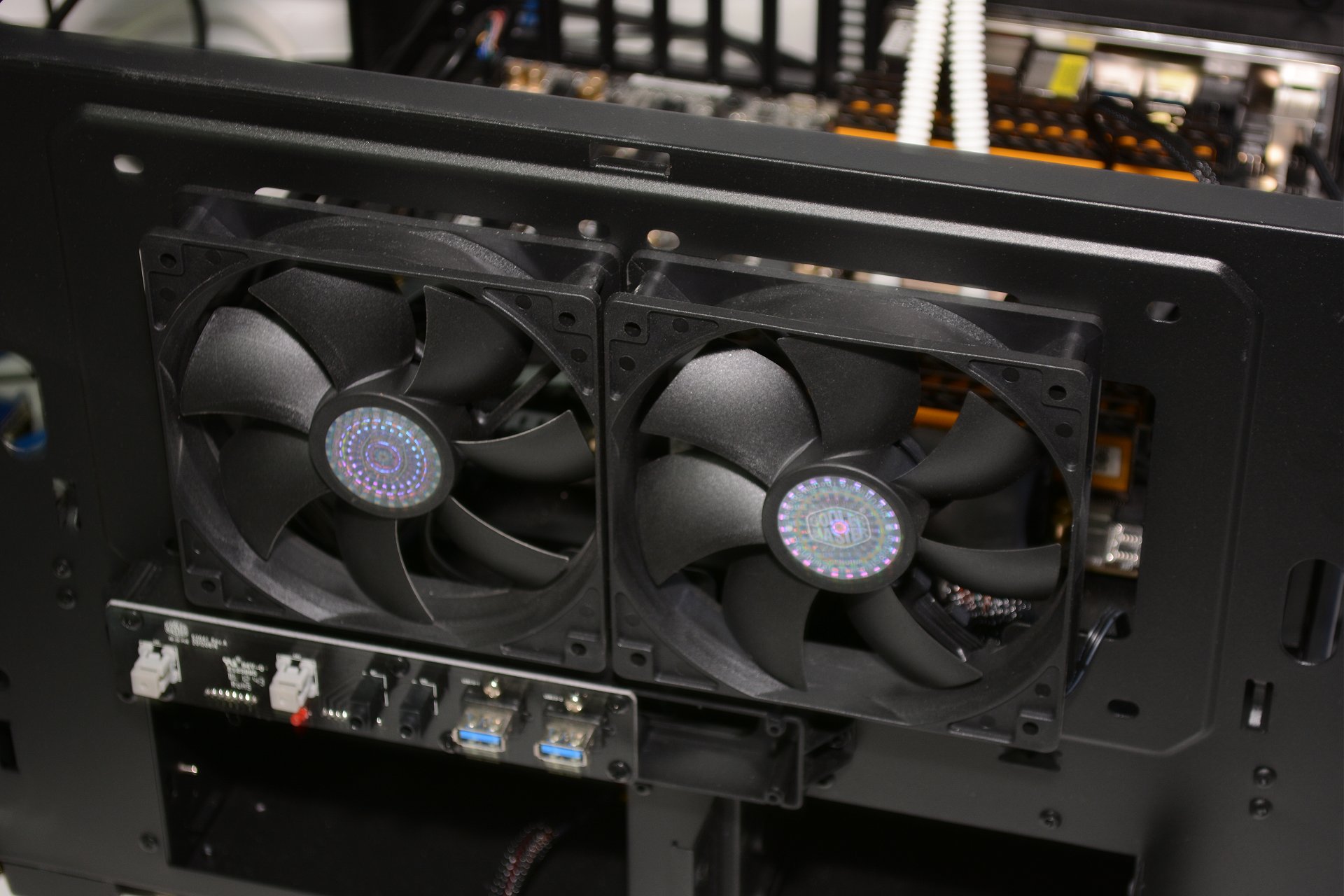
The brand of graphics card you choose may come down to personal preference, but the cooling solution it uses is an important decision. Reference designs---which are blower-type fans---typically use a single fan to keep the card cool. Cool air is drawn through the rear of the graphics card and exhausted out of the end with the connectors. This design is efficient but the single fan holds back performance.
When choosing a graphics card, it's often ideal to pick one with a multi-fan cooling solution. The additional fans---sometimes as many as three---provide enough airflow to significantly reduce or even eliminate throttling. It should be noted that your case needs to provide enough airflow to handle the hot air pumped out by these types of graphics cards as their coolers do not directly remove the heat from the case.
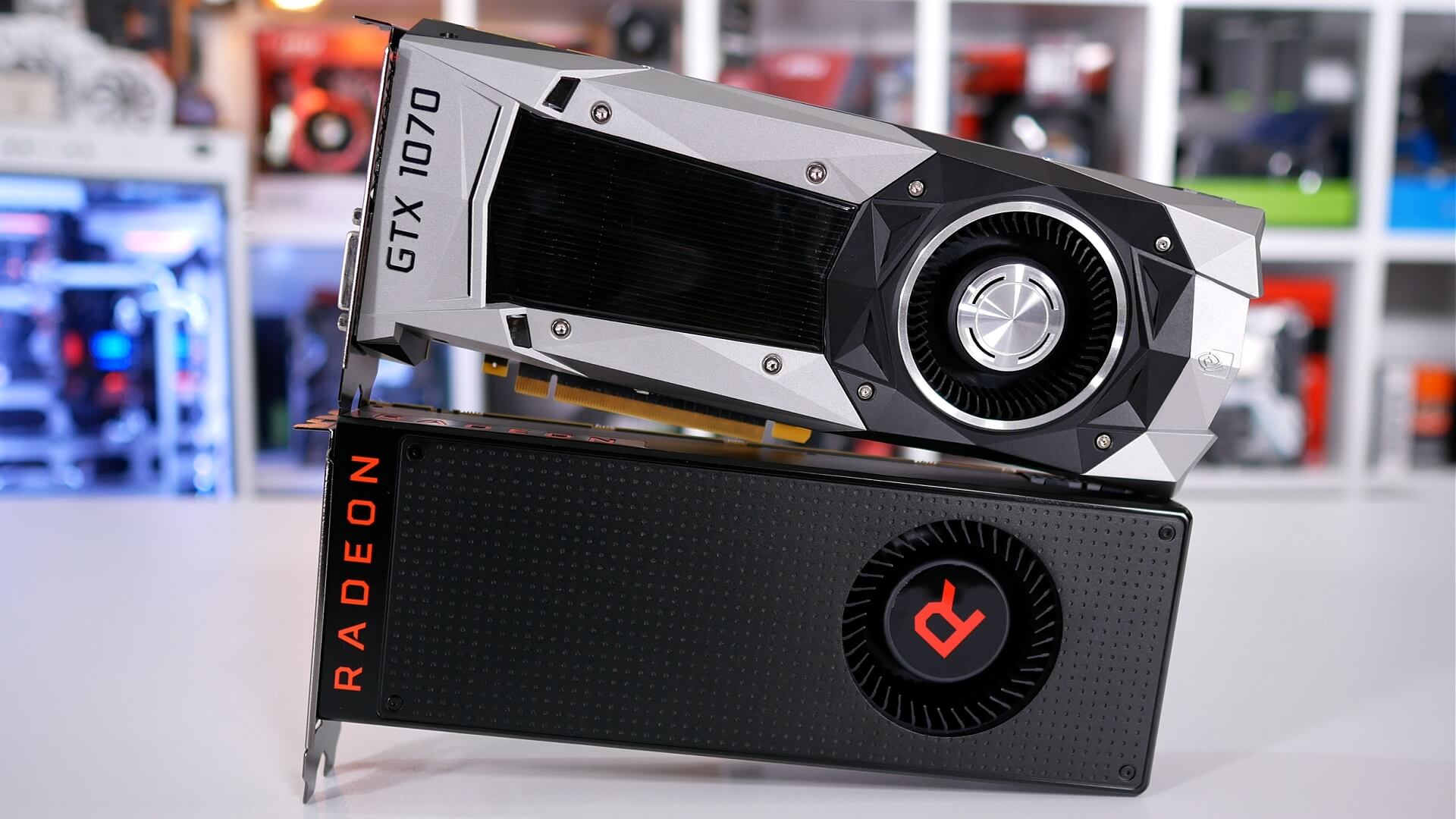
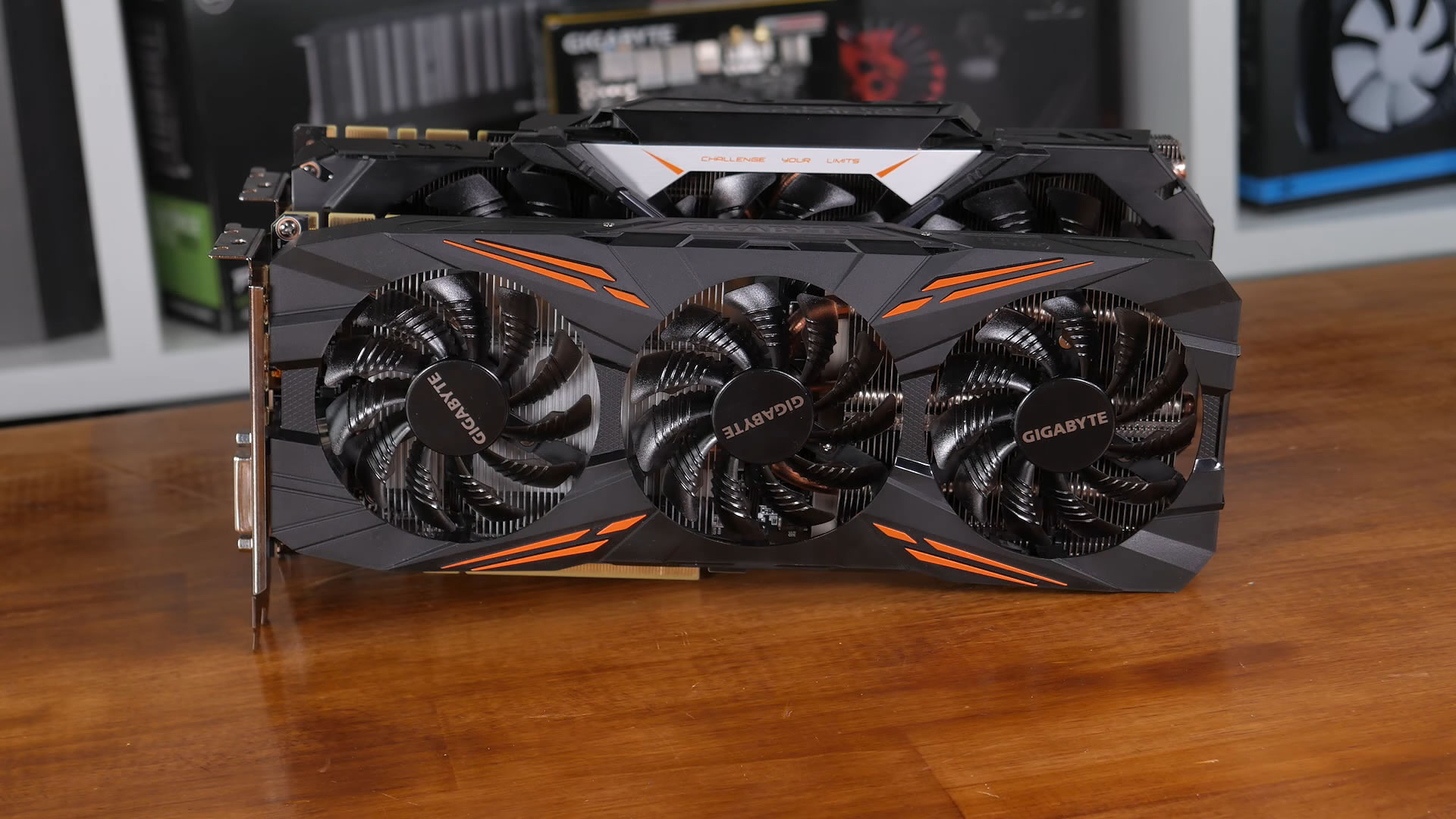
If changing or adding hardware is not an option, you can still reduce temperatures using freely available tools.
With utilities like MSI's Afterburner or EVGA's PrecisionX, a custom fan curve can be configured. By setting the fan curve manually, you can set the fan speed for a given temperature to something a bit more aggressive. From the factory, the fan speeds are optimized to strike a balance between noise and performance. With reference cards, this balance often leans more towards noise suppression and can lead to thermal throttling.
Noise levels will increase, perhaps significantly, but your GPU will be able dissipate heat much faster and maintain performance.
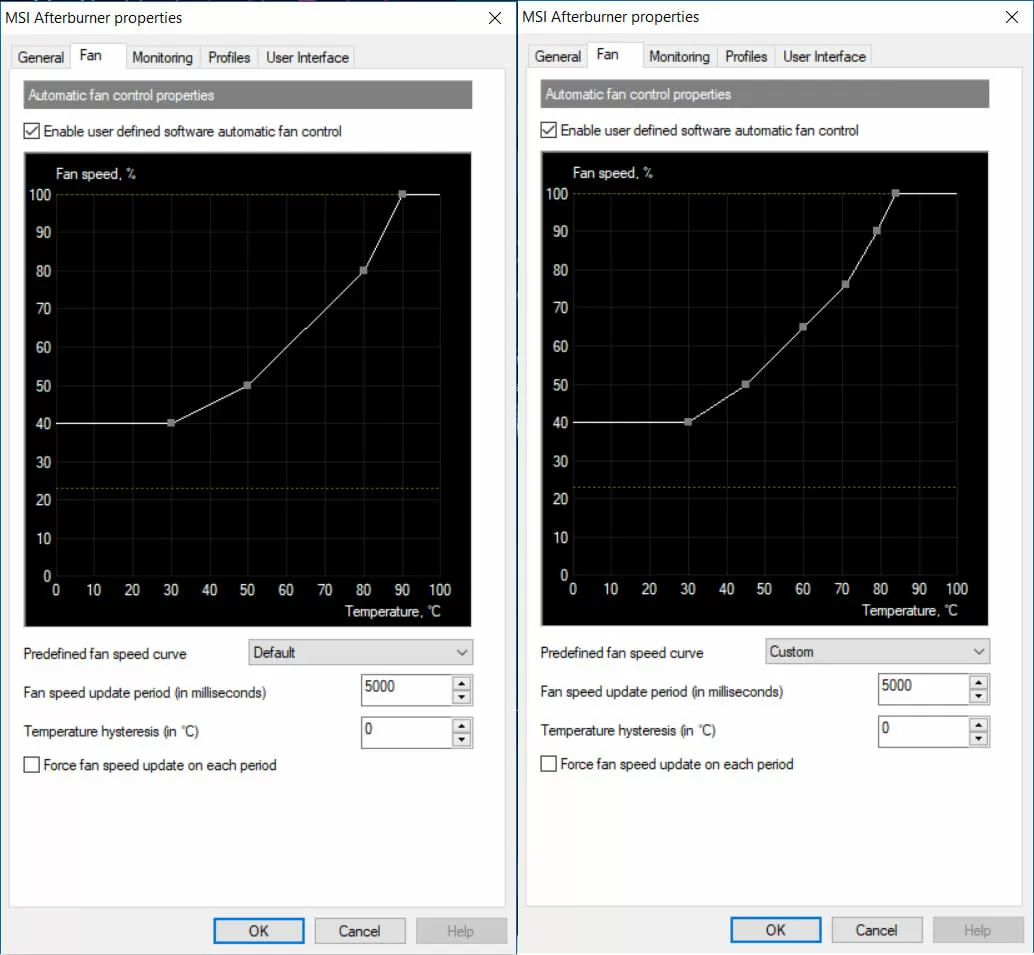
Default Left, Custom Right
If the additional fan noise is too much to handle, there is one more solution to your thermal throttling woes: undervolting.
Sometimes the amount of voltage your card uses is set higher than it needs to be to allow your card to function correctly. Running at a higher voltage generates more heat even if the clock and memory speed remain the same. Undervolting your graphics card by even a small amount can lower temperatures enough to reduce or even eliminate thermal throttling. However, this isn't a guaranteed solution and can cause stability issues. For most users, we recommend a combination of better cooling in conjunction with fan-curve adjustments.
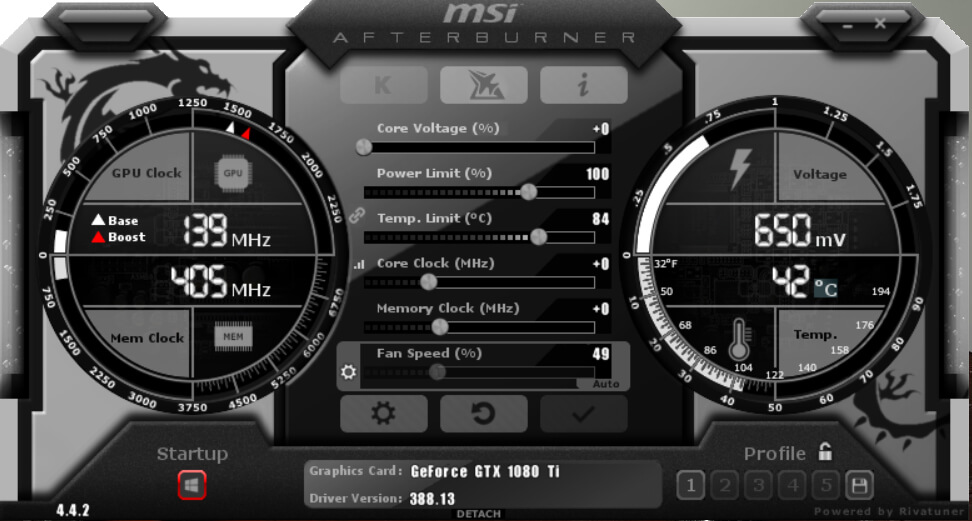
Most monitoring tools are capable of more than just controlling GPU fans and altering voltage. They also monitor temperatures, core and memory frequencies, along with GPU usage. Most of them also offer at least basic overclocking capability. This is important because your can't prevent something that you can't see.
Monitoring your GPU's temperature, along with core and memory frequencies, allows you to determine when you're experiencing throttling. It's important to note that there are a few things to look for before you need to break out the utilities. If you are experiencing stuttering or notice a visible drop in frame rate, it's likely that your video card has slowed down to shed heat. If you haven't altered your video card's fan curve and the fan is starting to sound like a jet engine, there is a good chance you've hit the throttling point. You can then confirm this with the tool of your choice.
If your temperature exceeds your graphics card's throttling point and your frequencies start to drop, you know it's time to look at your cooling. Ideally you want temperatures to be as low as possible, anything below 80 degrees is normal and should keep throttling in check. Nvidia's GTX 1080 Ti, for example, has a throttling point of 84 degrees. If you keep the temperature below 80 degrees you leave yourself with a bit of breathing room, so you can focus on having fun instead of monitoring GPU frequencies.
It's important to remember that every graphics card has a different throttling point. The previous-gen GTX 980 and 970, for example, throttle at 80 degrees, while AMD's Vega series cards can reach a maximum temperature of 85 degrees before they throttle. You will need to find out the throttling point for your specific card in order to set an effective fan curve and voltage.
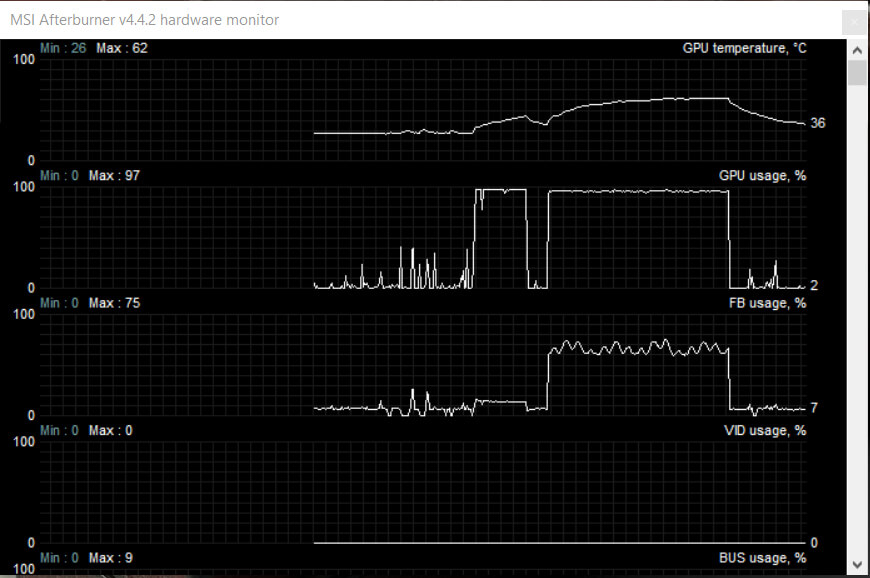
When deciding which utility to use, it's important to consider the scope of what you are going to be monitoring. If you are going to focus on your graphics card, then I recommend MSI's Afterburner or Asus Tweak. Either of these tools will provide all the monitoring and configuration options you could possibly need, including overclocking.
If you want to monitor your whole system, you'll need to look at something else, such as NZXT's Cam software. While Cam does monitor your entire system, it doesn't offer as many options for tweaking your graphics card. It doesn't hurt to install more than one utility to get a wider range of monitoring features.
 Character AI reveals AvatarFX, a new AI video generator
Character AI reveals AvatarFX, a new AI video generator
 Baseball player George Springer's mission to empower kids who stutter
Baseball player George Springer's mission to empower kids who stutter
 It's important to know what kind of boss you should work for
It's important to know what kind of boss you should work for
 Whole Foods now makes less money, but Amazon doesn't care
Whole Foods now makes less money, but Amazon doesn't care
 Is it 'Thunderbolts*' or *The New Avengers'?
Is it 'Thunderbolts*' or *The New Avengers'?
 Robert Scoble doesn't know what sexual harassment is
Robert Scoble doesn't know what sexual harassment is
 Google Pixelbook review: $1,000 gets you the best Chromebook
Google Pixelbook review: $1,000 gets you the best Chromebook
 'Stranger Things' will have after
'Stranger Things' will have after
 Researchers may have found an interstellar comet in our solar system
Researchers may have found an interstellar comet in our solar system
 Models recreate iconic paintings in stunning 'Harper's Bazaar' shoot
Models recreate iconic paintings in stunning 'Harper's Bazaar' shoot
 'Stranger Things 2': What happened to Barb?
'Stranger Things 2': What happened to Barb?
 This comment from the New York Times deserves a journalism award
This comment from the New York Times deserves a journalism award
 Alienware M16 Gaming Laptop deal: Save $560
Alienware M16 Gaming Laptop deal: Save $560
 Starbucks' Zombie Frappuccino is straight out of an episode of 'The Walking Dead'
Starbucks' Zombie Frappuccino is straight out of an episode of 'The Walking Dead'
 Daimler unveils new E
Daimler unveils new E
 Queen Elizabeth earned $8.8 million from horse racing prize money
Queen Elizabeth earned $8.8 million from horse racing prize money
 NYT Connections Sports Edition hints and answers for May 19: Tips to solve Connections #238
NYT Connections Sports Edition hints and answers for May 19: Tips to solve Connections #238
 George H.W. Bush apologises, again, after 2 women accuse him of sexual assault
George H.W. Bush apologises, again, after 2 women accuse him of sexual assault
Facebook executives share election integrity efforts ahead of midtermsThis kid literally got on Apple phone for Easter, his face says it allHuawei MateBook X Pro is a MacBook Pro copy that's better than the originalApril Fools' Day is the worst day of the year for space reportersApril Fools' Day is the worst day of the year for space reportersApple adds Business Chat to iMessage to take on FacebookTesla Autopilot was active when the fatal crash in California happenedMoviePass is great, but we'd like these other monthly subscriptions as wellYou need to stop using thirdThe supreme weirdness of reading 'A Wrinkle In Time' as an adult'God of War' getting a 'performance mode' on PS4 ProBreach compromises Saks Fifth Avenue, Lord & Taylor customer card dataJohn Krasinski wants 'The Office' to return for a Christmas specialHere's what the Google vs. Oracle lawsuit is all aboutAmerica is in the mood for 'A Series of Unfortunate Events'A 'Stranger Things' star met a Kardashian and the selfies are so pureHere's what the Google vs. Oracle lawsuit is all aboutTaylor Swift makes surprise appearance at cafe where was discovered2020 Macs might come with Apple chips instead of Intel processorsBreach compromises Saks Fifth Avenue, Lord & Taylor customer card data No, California has not legalized child prostitution China announces a 'game LeBron James meets his match and it's not an NBA player at all College memories flood Twitter after red Solo cup inventor dies How livestreaming dominated 2016 It's just plain fun to watch this model's pants repeatedly fall down during a photoshoot It took 100 years and 1 inspirational video for new NYC subway line to launch Fan brilliantly trolls Kiss Cam by smooching his beer, not his girl Emma Watson singing in 'Beauty and the Beast' leaked by Belle doll The most majestic mullet in sports deserves, nay, commands your respect Apple could start manufacturing iPhones in India by April 2017 Don Lemon got real (drunk) on New Year's Eve Costa Rica ran almost entirely on renewable energy in 2016 2016: The year Facebook became the bad guy Police point out robber's major fail in humorous Facebook post Here are 8 of the best theater shows of 2016 Kobe, LeBron offer Ronda Rousey support after social media mocks UFC loss A comet will fly past Earth on New Year's Eve. No, it's not a sign of the apocalypse. Carrie Fisher's dog Gary is at his new home, but he's not tweeting Why 2016 was the year of time travel
2.3144s , 10156.578125 kb
Copyright © 2025 Powered by 【Kamasutra A Tale of Love full movie xxx (1996)】,Exquisite Information Network